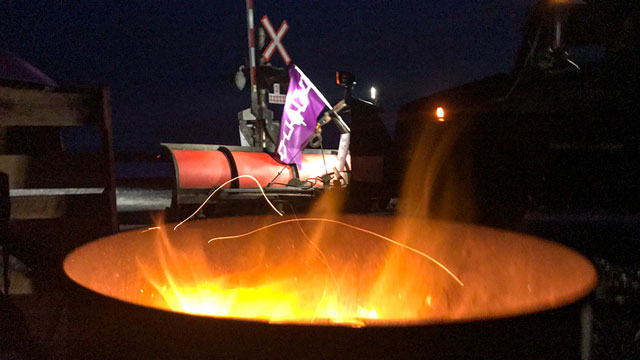
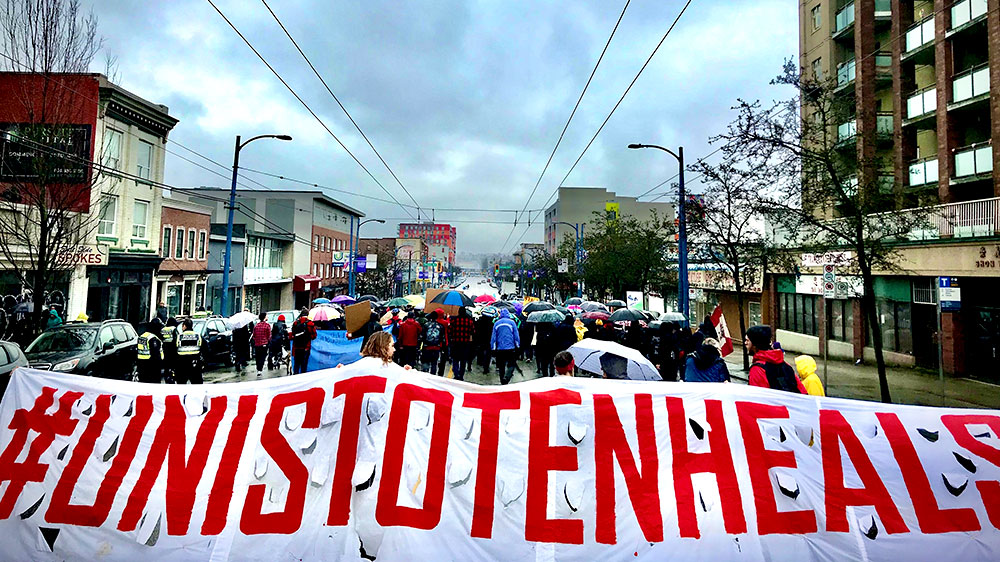
It was a week that started in British Columbia and ended in protests, sit ins, blockades and marches across the country.
The hashtag #wetsuwetenstrong and #shutdowncanada became popular on Twitter.
Five Hereditary Chiefs of the Wet’suwet’en Nation are fighting against a 670-kilometre pipeline that will carry fracked natural gas across B.C., including through their territory.
CN, the owner of the rail lines in many parts of Canada has all but shut down many parts, including Via Rail.
The week also had a sense of dread with people from coast to coast to coast exclaiming that “Reconciliation is Dead.”
Here are a series of pictures and stories from the week that started February 6.
On Feb. 6 at 7:15 a.m. PT, the RCMP in Smithers, B.C. put out a notice that an exclusion zone had been fortified and no one was allowed in or out of the Wet’suwet’en territory, including journalists. It was the start of police operations into Wet’suwet’en Territory. Photo: Lee Wilson/APTN.
RCMP moved in before the sun was up on Feb. 6. Six people were arrested. Reporters embedded in the camp were also threatened with arrest if they didn’t leave the area. According to reports people were yelling at the police to “get off my land.” Photo: Twitter
Gidimt’en spokesperson Molly Wickham speaks with media after six people are arrested by the RCMP on day one of operations. She called for people to join the camps along the Morice West Forest Service Rd., or take to the streets of Canada. “We’re going to get rid of you once and for all,” said Wickham in a Facebook post. “Which is what Canada has been trying to do to our people. It’s what the colonizers will try to do unless we stand up.” Photo: Lee Wilson/APTN
Trucks carrying heavy machinery travel up the Morice West Forest Service Rd., with an RCMP escort. The police moved in to enforce an injunction handed down by a B.C. court Dec. 31. “A total of 6 individuals refused to leave the area and were arrested for obstruction,” said a statement released by the RCMP. “One individual was arrested for resisting arrest as well as obstruction. Several individuals, including members of the media, were transferred out for safety reasons, but not arrested.” Photo: Lee Wilson/APTN.
News of the RCMP raid quickly spread across the country. Protesters have taken Gidmit’en spokesperson Molly Wickham’s call to “shut down Canada” literally, as actions have disrupted bridges, streets and legislatures. Travel was halted on a major rail corridor in Ontario because of the protest just outside the Tyendinaga Mohawk Territory. Photo courtesy: Annette Francis.
Mohawks of Kahnasatake dump a massive pile of snow on the tracks leading to Montreal and set up a fire. Photo: Lindsay Richardson/APTN.
A short drive way from where the rail lines were blocked running into Montreal, Justice Minister David Lametti’s office was vandalized by purported Unist’ot’en supporters. In an anonymous message posted to French-language anarchist website “MTL Contre-Info,” the culprits explain how they “emptied an extinguisher full of paint inside [the building] after breaking the window” under cover of night between Thursday and Friday. Photo: Lindsay Richardson/APTN.
At lunch hour on Friday, Feb. 7, a couple hundred people took to the streets in a snow storm to march through the streets of downtown Ottawa. Jamie Pashagumskum/APTN
Mi’kmaw land defender Sophia Sidarous was one of them. “Reconciliation in the future should immediately stop, because reconciliation is meaningless if it is not applied to situations and human rights violations that are happening right now,” said Sidarous. Photo: Jamie Pashagumskum/APTN
After marching through downtown, the group Indigenous Youth and Allies for Wet’suwet’en walked into the Justice Canada building in downtown Ottawa across from the Supreme Court of Canada. They demanded that Justice Minister David Lametti get involved in the Wet’suwet’en crisis. Lametti was in contact with the group saying that he would bring up the issue with his cabinet colleagues. Photo: Jamie Pashagumskum/APTN
The rail blockade in the Mi’gmaq community of Listuguj in Quebec near the New Brunswick border went up within days of the RCMP raid. Photo courtesy: Raquel Barnaby/Twitter.
Five year old Breya Morrison stands on a snowbank behind a sign by the Listuguj blockade. Supplies such as wood are coming from around the region from Indigenous and non-Indigenous people. Photo courtesy: Raquel Barnaby/Twitter.
As of this posting, the protest near the Tyendinaga Mohawk Territory had reached day nine with members of the Ontario Provincial Police keeping their distance.
In Vancouver and Victoria people blocked offices and the legislature. The NDP government of John Horgan saw a massive protest that blocked the entrances to the legislature. Attorney General David Eby was also targeted for a sit in. Photo: Simon Charland/APTN.
No other city in Canada has been more effected than Vancouver. Its port was shut down for an evening, the legislature has been jammed with protesters, and people took to the streets and blocked a major intersection in the downtown core. Thirty-three were arrested at the port. Photo: Simon Charland/APTN
Three-hundred people took to the intersection of Cambrie and Hastings this week in Vancouver. People were outraged with how the province and federal government has handled the situation on the Wet’suwet’en Nation. Photo: Simon Charland/APTN.
On the other side of the country, people came out and blocked the entrance to the Port of Halifax. The east coast is no stranger to trying to stop a natural resource project. In neighbouring New Brunswick, the community of Elsipogtog took on a resource company over fracking. The RCMP eventually moved in arresting several people. The company later abandoned the project. Photo: Sakura Saunders/Twitter.
A blockade between Hazelton and New Hazelton, B.C., was set up by hereditary Gitxsan chiefs and went up shortly after the protest outside Tyendinaga. This blockade crippled rail service in B.C. Photo: Lee Wilson/APTN.
Justice Canada allowed the Indigenous Youth and Allies for Wet’suwet’en to have their sit-in for a couple of days and then decided it was time to wrap things up. Ottawa police arrived Wednesday. When APTN reporter Jamie Pashagumskum went to record the Ottawa police officer’s actions he was told to “get out of my face.” When the officer was informed that he was a journalist, his response was “I don’t give a f**k. Photo: Jamie Pashagumskum/APTN.
Amanda Dale and her three children show up at the Tyendinaga protest to show their support. The camp is getting wood and food supplied by local residents. Photo courtesy: Annette Francis.
Reporters that weren’t embedded in the camps at the time of the raid, including APTN News, were escorted up the Morice West Forest Service Rd., and to the various checkpoints. “There was a quietness up the Morice West Forest Service Road on Tuesday,” wrote APTN’s Lee Wilson. “There was no drumming, singing or supporters to be found.” Photo: Lee Wilson/APTN
After the RCMP wrapped up operations on the Wet’suwet’en Territory, Coastal Gaslink wrote that construction on the 670 km pipeline would continue shortly. Photo: Lee Wilson/APTN
In a photo that may define the RCMP raid on Wet’suwet’en territory, workers dismantle a gate over the Morice River with a sign that said ‘Reconciliation.’ The RCMP operation on Wet’suwet’en territory had many people write the reconciliation is dead. Even satirical news sites had their say. The CBC’s This Hour has 22 Minutes wrote of this image: “Shockingly none were crushed under the weight of the metaphor.”
On Thursday Feb. 11, one week after RCMP operations began in B.C., CN rail, the owner of many of Canada’s rail lines announces a shut down of freight rail service in eastern Canada – and a near complete shutdown of Via Rail passenger service. Photo courtesy: Annette Francis.
A fire roars in a barrel by the rail lines on the Tyendinaga protest site. While the RCMP say major operations on the Wet’suwet’en Territory have ended, nothing is over by the rail lines outside Tyendinaga Mohawk Territory. As of this posting, the line is still closed and police are staying away. Indigenous Services minister Marc Miller has agreed to “polish the chain.” The two side are meeting Saturday morning. Photo courtesy: Annette Francis.
Fore more got to: Wet’suwet’en Conflict
Follow us on Twitter:
You can also follow us on Facebook.



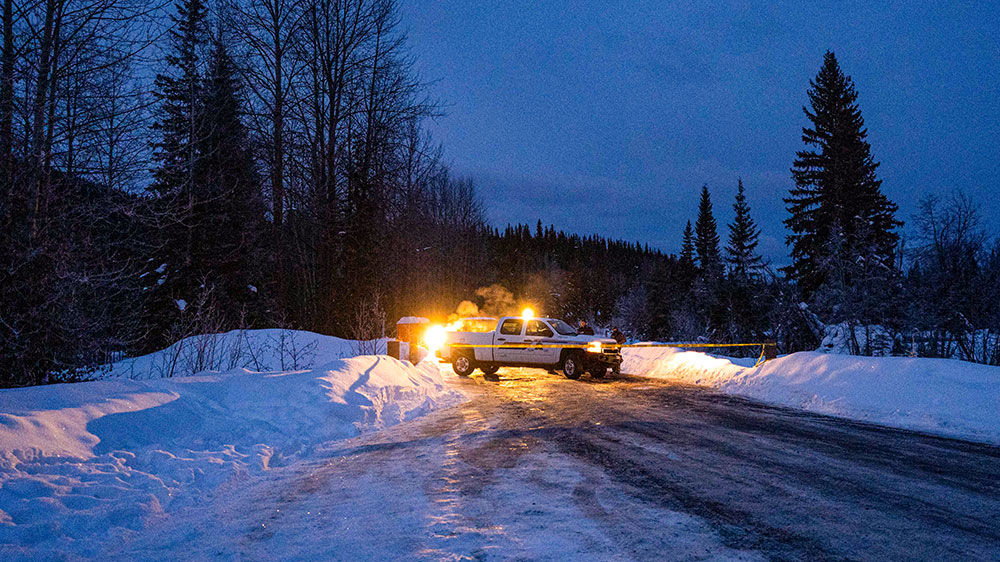
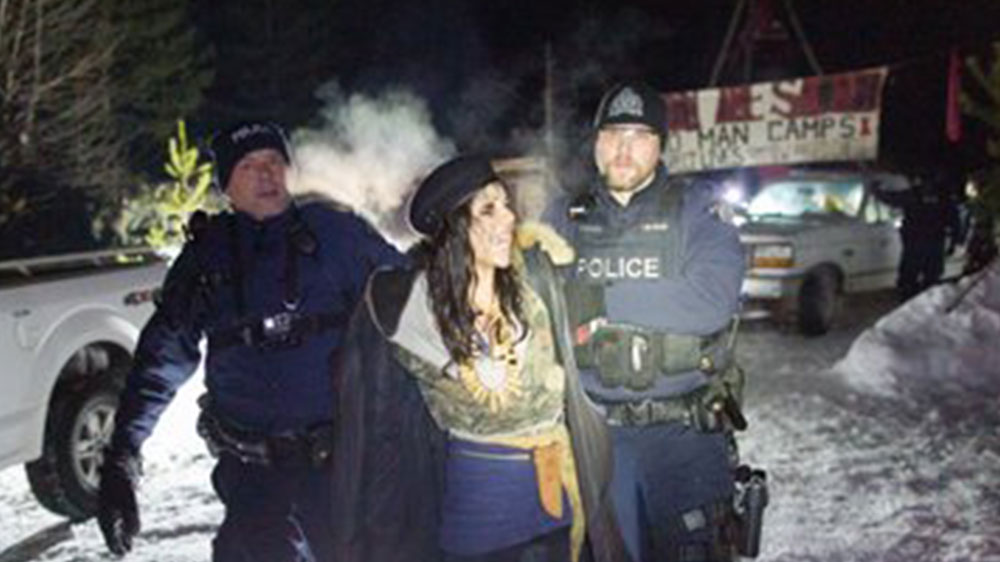
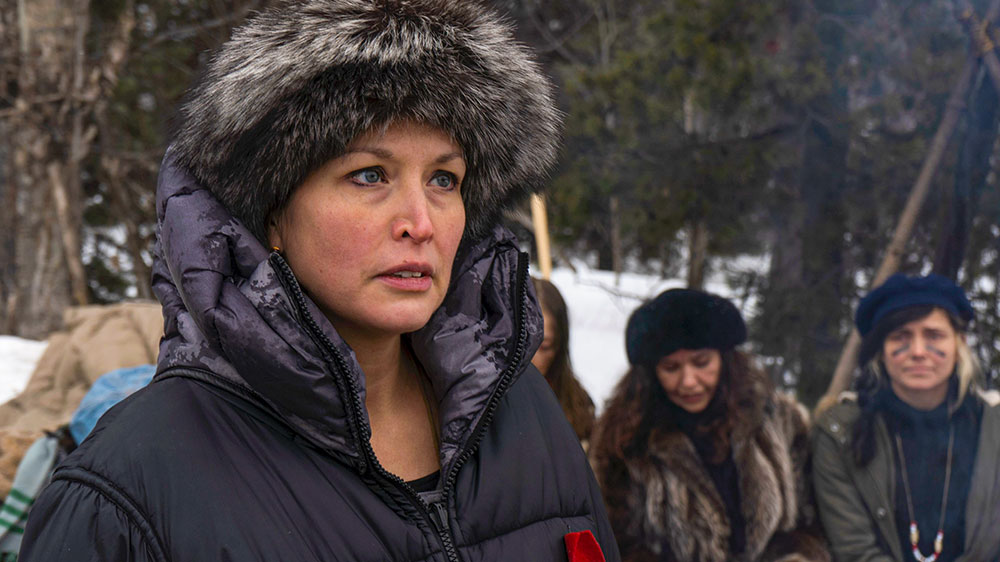
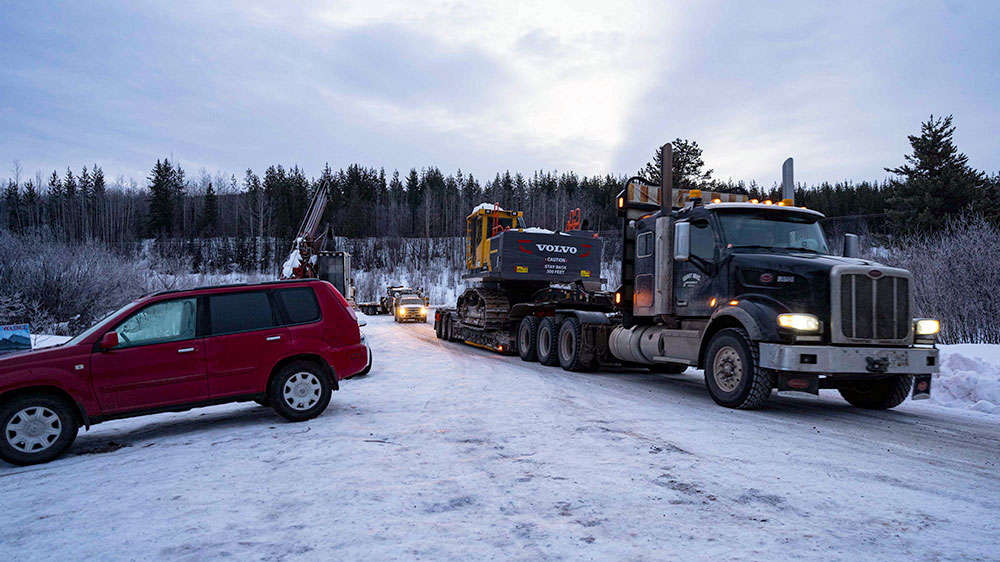

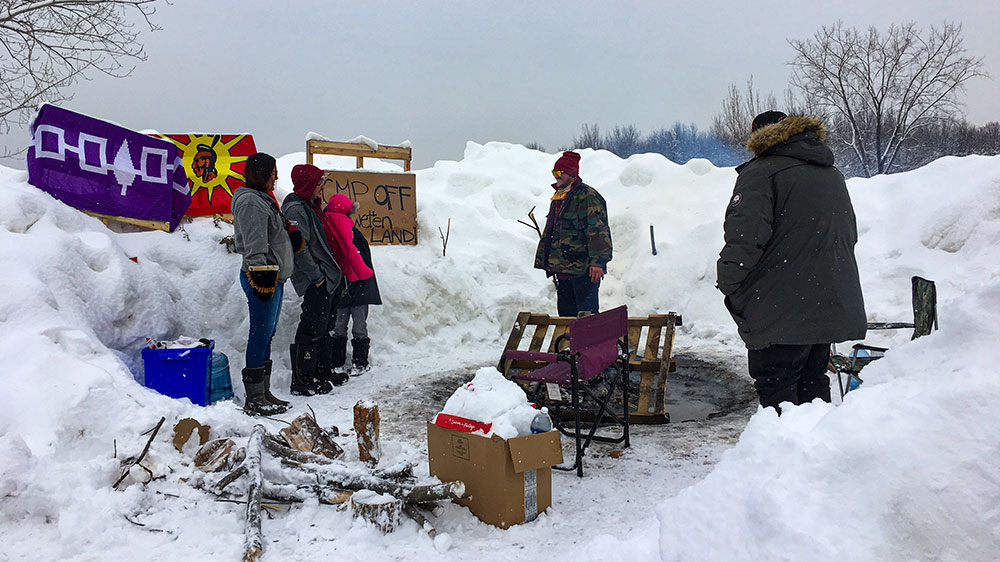


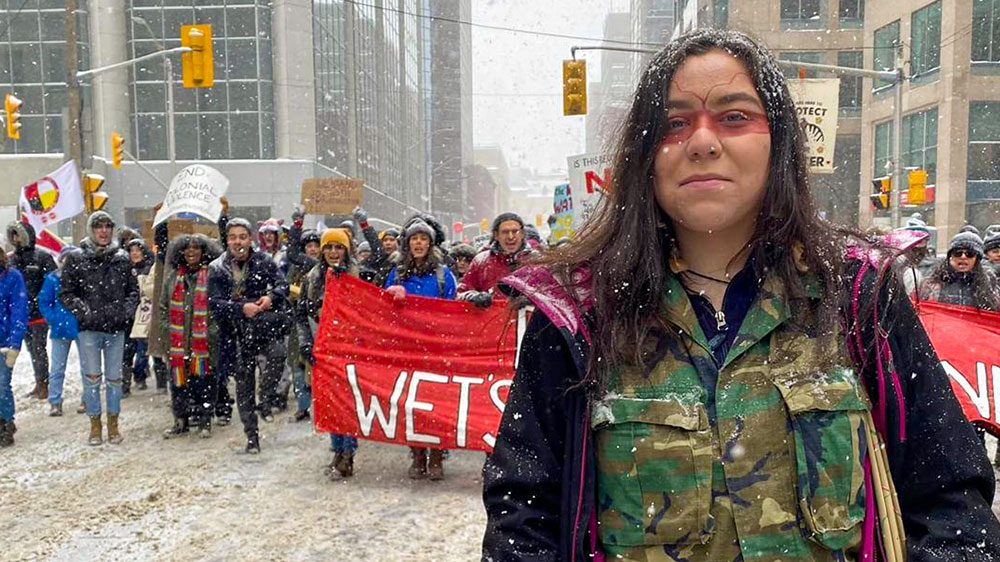


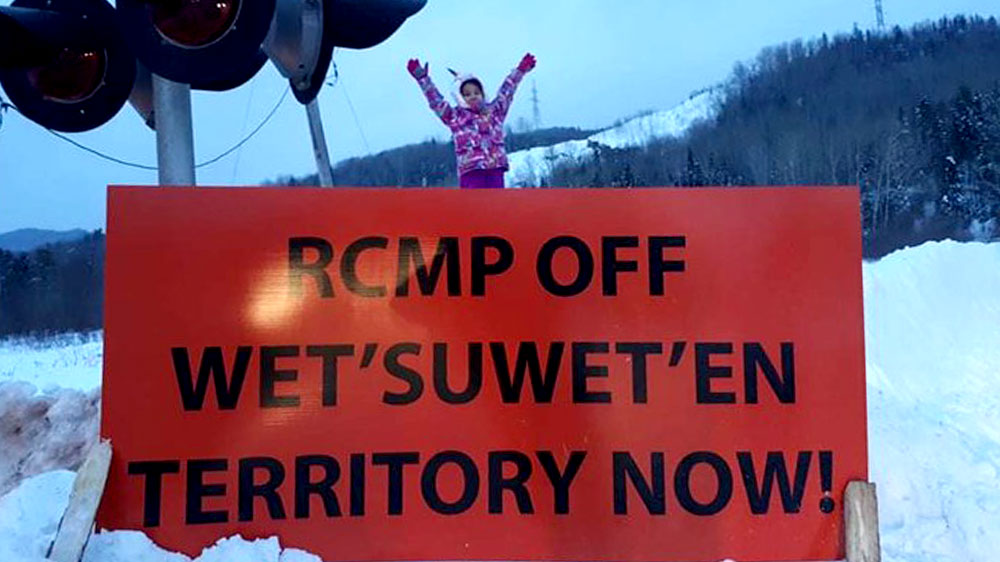

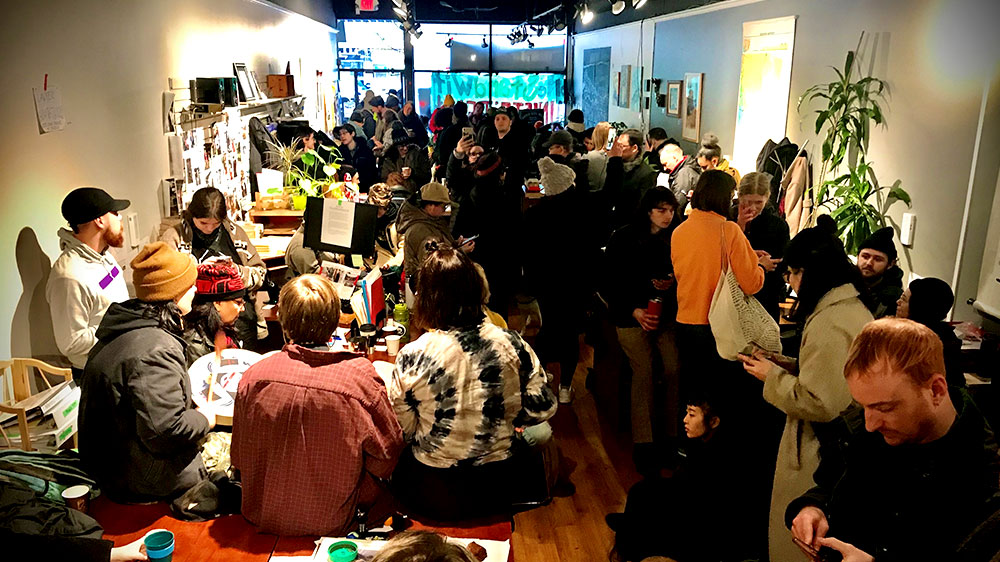

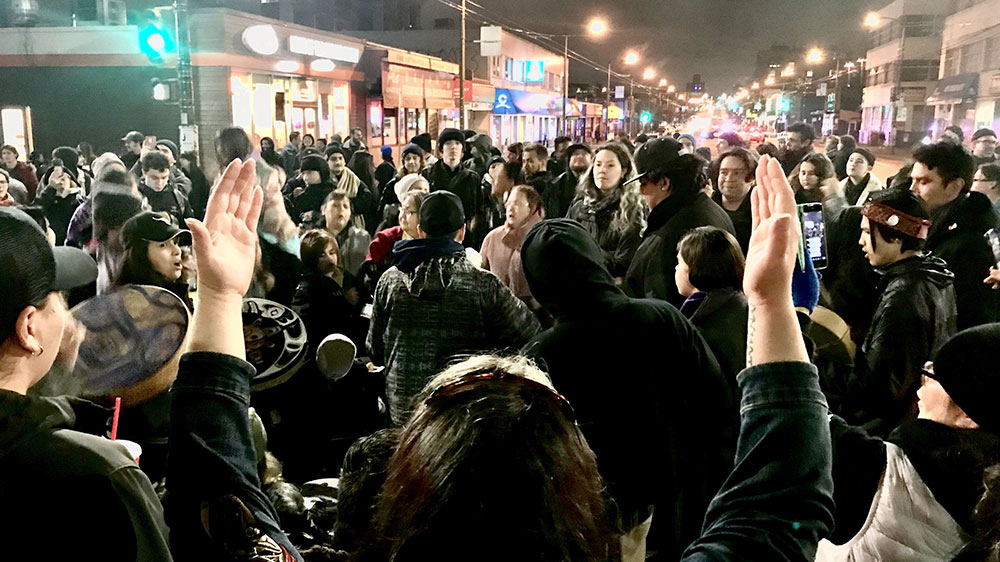

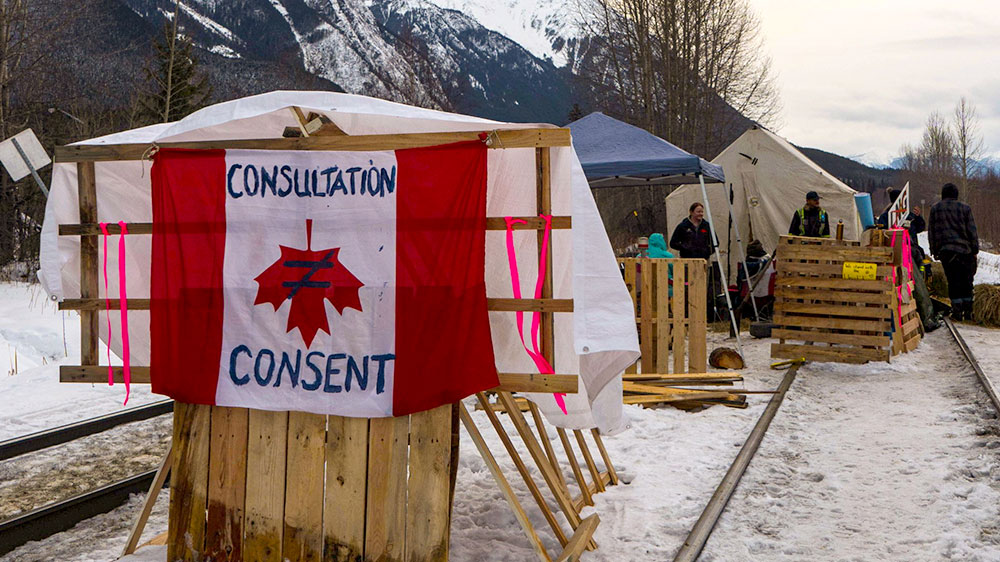
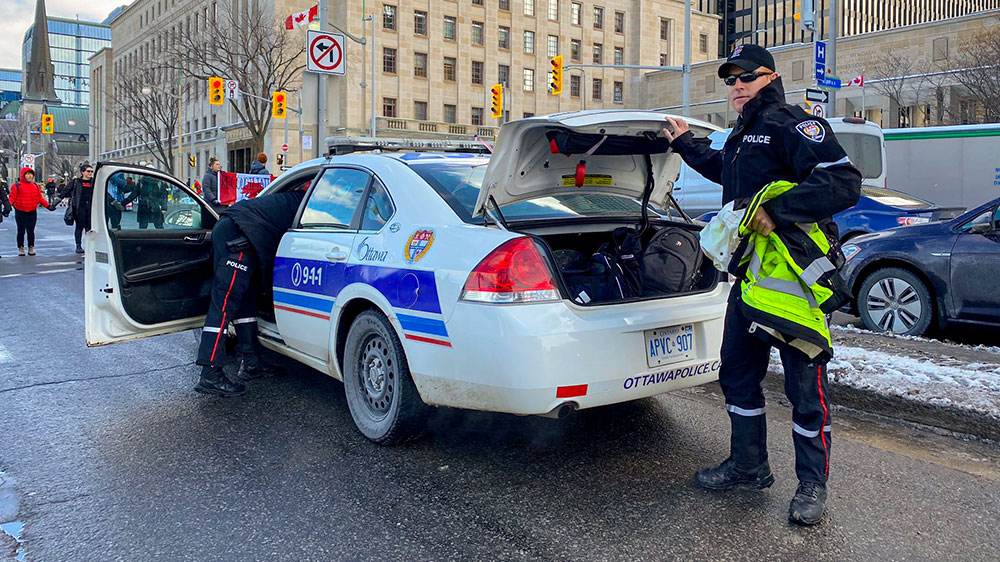





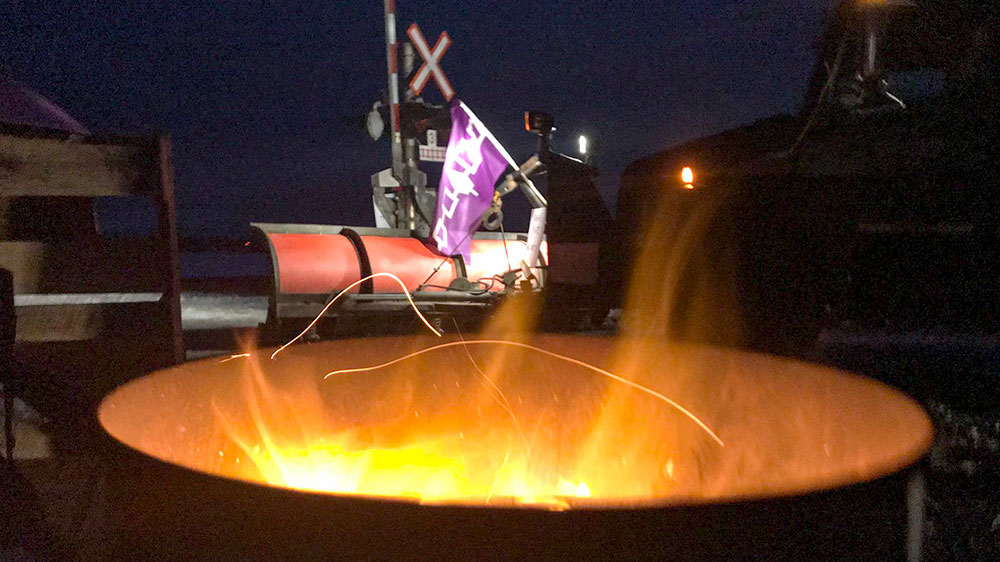

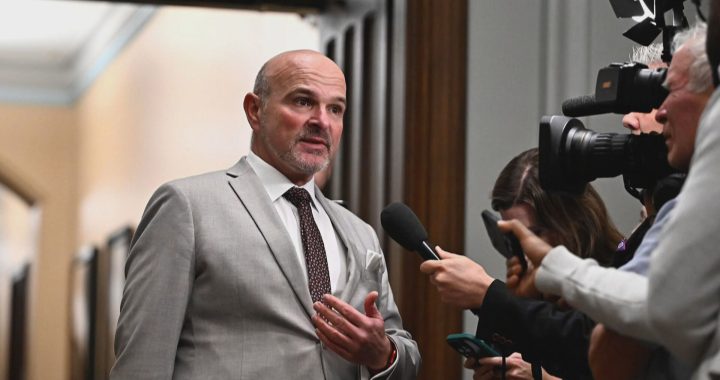
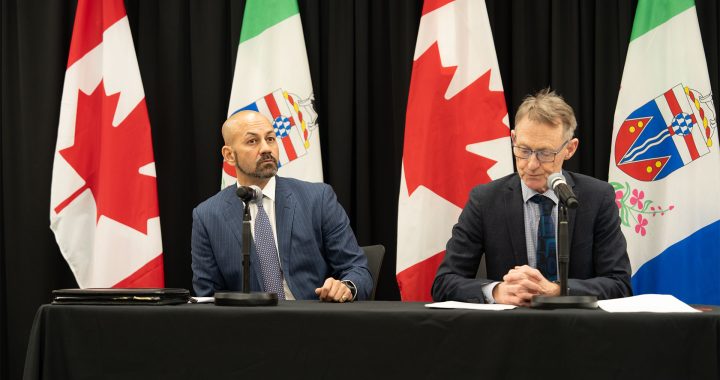




I’d love to see APTN interview BC’s Solicitor~General and so~called ‘commander in chief’ of the RCMP!! The attention has mostly been focused on John Horgan and Justin Trudeau but the ‘orders’ for police action in BC come from Mike Farnworth!!
wonderful….and about time….and dont stop until there is some justice for first nations and environment
Stay strong Wet’suwet’en Nation.